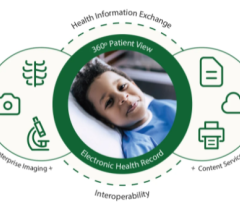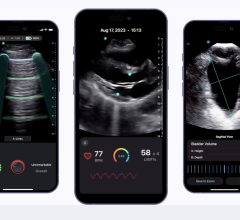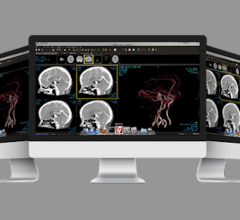April 6, 2009 — A new research survey released today at HIMSS 2009 by SK&A Information Services Inc. reveals 67 percent of medical offices with four or more physicians do not currently use EMR software.
The survey results point to substantial sales and marketing opportunities for healthcare information technology vendors and service providers.
American Recovery and Reinvestment Act of 2009, which aims to boost the struggling U.S. economy, is also meant to drive EMR adoption in order to reduce medical mistakes, saving the country hundreds of millions of dollars annually. Starting in 2011, $19 billion in net incentives will be paid to physicians who are “meaningful” EMR users. The incentives come in the form of increased Medicare and Medicaid payments to be disbursed over a five-year period and are not to exceed $40,000 to $44,000 per provider. Physicians who fail to become meaningful EMR users by 2015 may be subject to penalties.
“The EMR legislation found in the Act will drive improvements in patient care by incentivizing physician offices to implement EMR solutions,” said Dave Escalante, President and CEO of SK&A. “The impact of this adoption will create opportunities in many industries—EMR/electronic health record solution providers, healthcare IT consultants, computer hardware and software companies, and telephone and cable service providers. SK&A has assumed the crucial role of identifying the physician offices that will most likely be implementing new EMR solutions over the next few years.”
SK&A’s new “Physician Office Usage of Electronic Medical Records Software Report,” which is summarized and segmented by office size, practice size, 20 site specialties and patient volume, reveals valuable trends on future EMR adoption. For example:
- In smaller practices with four to five physicians, 31.6 percent have EMR software. On the contrary, in larger practices with 26-plus physicians, 39.24 percent have EMR systems.
- In practices with three exam rooms, 33.77 percent have EMR software, whereas in practices with more than 11 exam rooms, nearly half have EMR solutions.
- In physician offices with volumes of one to 50 patients per day, 30.2 percent have EMR software. On the opposing side, of large practices with daily patient volumes of over 100 patients, 39.2 percent have EMR systems.
The report also highlights SK&A’s top 20 physician specialty areas by acceptance percentages for EMR software adoption. The specialty areas with the highest adoption rates include anesthesiology, emergency medicine and internal medicine. Those areas with the lowest adoption rates include urology, psychiatry and plastic surgery.
For more information: www.skainfo.com, www.skalivecounts.com


 June 28, 2024
June 28, 2024 








